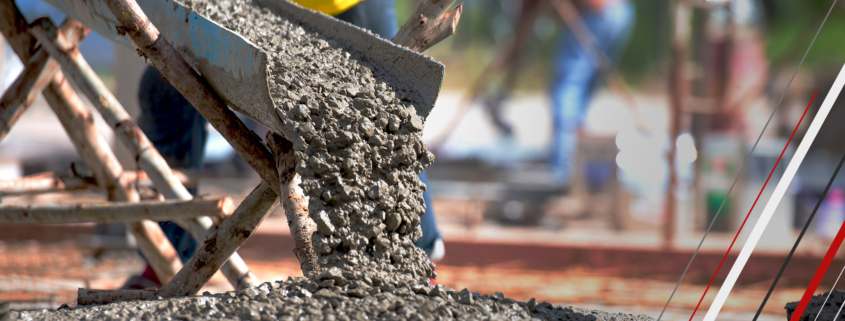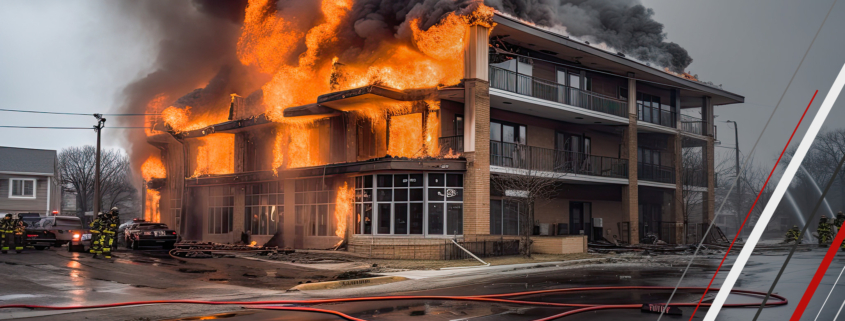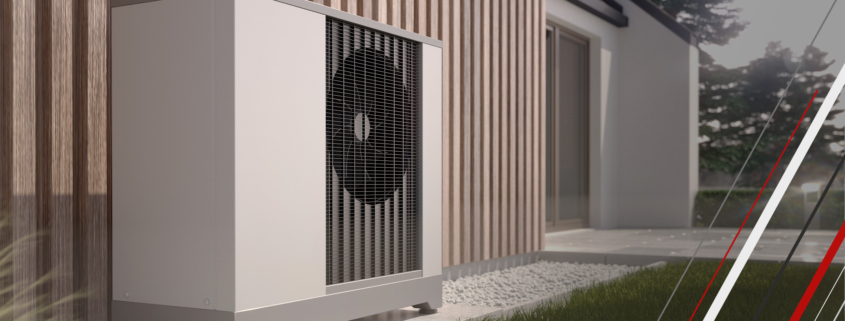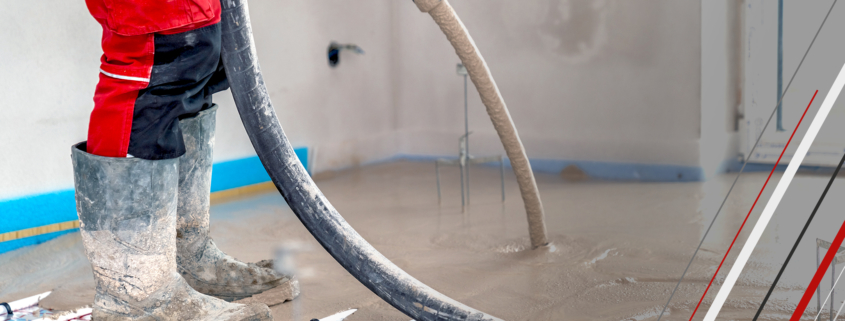We’ve seen in the construction industry a growing emphasis on sustainability and eco-friendliness. Several materials have gained popularity for their low environmental impact and energy-efficient properties. Here are some of the most eco-friendly construction materials to watch out for in 2024:
1. Bamboo
Bamboo is a rapidly renewable resource with a short growth cycle compared to traditional hardwoods. This rapid growth makes bamboo an exceptionally renewable resource compared to traditional hardwoods, which may take decades to mature. And unlike traditional hardwoods that need replanting after harvesting, bamboo regenerates naturally from its rhizomes (underground stems). This characteristic simplifies the cultivation process and reduces the need for extensive replanting efforts. As a construction material, it has a very high strength-to-weight ratio, making it a durable and versatile material for various construction applications. It’s suitable for use in numerous structural framing elements. It can be employed as columns, beams, and trusses in buildings, providing a strong and lightweight alternative to traditional materials. Bamboo can also be processed into planks for flooring, offering a durable and attractive option. Bamboo flooring is known for its hardness, and it comes in various styles, including solid bamboo and engineered bamboo.
2. Recycled Steel
Using recycled steel in construction helps reduce the demand for energy-intensive new steel production, and reducing the demand for raw iron ore, thereby conserving natural resources. Recycled steel maintains the same structural integrity and performance characteristics as virgin steel. This consistency in quality ensures that construction projects meet or exceed industry standards. Steel is a material that can be recycled indefinitely without compromising its quality. This characteristic makes it a truly sustainable and cyclical resource for the construction industry. Steel is known for its durability and longevity. Recycled steel maintains these properties, providing structures with resilience and longevity, ultimately reducing the need for frequent replacements and repairs.
3. Recycled Glass
Recycled glass can be used in construction as a substitute for traditional aggregates in concrete. Incorporating recycled glass into building materials reduces the need for new raw materials and helps divert waste from landfills. Incorporating recycled glass into construction projects can earn points toward green building certifications, such as Leadership in Energy and Environmental Design (LEED). Many sustainable building standards recognise and reward the use of recycled materials. Recycled glass maintains its durability, strength, and longevity, making it a reliable material for construction.
4. Recycled Plastic
Recycled plastic can be used in construction materials such as insulation, roofing tiles, and lumber substitutes. Using recycled plastic helps decrease the environmental impact of plastic waste and reduces the demand for virgin plastic production. Recycled plastic allows for innovative and sustainable design possibilities. It can be moulded into various shapes and sizes, enabling architects to explore creative solutions in building and landscaping projects. The incorporation of recycled plastic in construction aligns with public awareness and concern about plastic pollution. Projects using recycled plastic may garner community support and engagement by promoting environmentally responsible building practices.
5. Fly Ash Concrete
Fly ash concrete, also known as fly ash blended cement or fly ash blended concrete, is a type of concrete that incorporates fly ash as a supplementary cementitious material. Fly ash is a byproduct of coal combustion and can be used as a supplementary cementitious material in concrete. Incorporating fly ash reduces the amount of cement needed, leading to lower carbon emissions associated with cement production. Fly ash imparts pozzolanic properties to concrete, enhancing its durability and resistance to factors such as sulfate attack and alkali-silica reaction. This results in a longer service life for structures. Fly ash concrete typically exhibits lower heat of hydration compared to traditional concrete. This is beneficial in large pours, such as in mass concrete structures, as it helps mitigate the risk of thermal cracking.
6. Straw Bales
The use of straw bales in construction, commonly known as straw bale construction or straw bale building, is an eco-friendly and sustainable building method that has gained popularity for its numerous advantages. Straw bales are an agricultural byproduct that can be used as a natural building material for insulation and construction. They provide excellent insulation properties and are biodegradable at the end of their life cycle. Straw bales provide excellent insulation properties, helping to regulate indoor temperatures. They have high thermal resistance (R-value), which contributes to energy efficiency and reduces the need for additional insulation materials.
7. Rammed Earth
Rammed earth construction is an ancient building technique that has been rediscovered and embraced in modern sustainable architecture. This method involves creating solid, durable walls by compressing a mixture of earth, gravel, sand, and sometimes stabilisers within sturdy formwork. This method has a low environmental impact, as it minimises the use of energy-intensive materials and processes. Rammed earth has excellent thermal mass properties, which means it can absorb, store, and release heat slowly. This helps regulate indoor temperatures, leading to energy savings and increased comfort in both hot and cold climates.
8. Cork
Cork is harvested from the bark of cork oak trees. The harvesting process, known as cork stripping, does not harm the trees, and they continue to regenerate cork bark. This makes cork a renewable and sustainable resource. It is often used as a flooring material and has insulating properties, contributing to energy efficiency. Cork has natural fire-resistant properties. While it may not be entirely fireproof, cork does not contribute to the spread of flames and can act as a fire retardant in certain applications.
9. Hempcrete
Hempcrete is a sustainable building material that has gained attention for its eco-friendly properties and versatility in construction. It is made from the inner woody fibers of the hemp plant, combined with lime and water. Hemp is a fast-growing plant with a short cultivation cycle, making it a renewable resource. It is a lightweight and breathable material that acts as an insulator while absorbing carbon dioxide during the curing process. Hempcrete can be used for various construction applications, including walls, floors, and roofs. It can be used in new construction or as a retrofit material. Its versatility makes it adaptable to different architectural styles.
10. FSC-Certified Wood
Wood sourced from forests certified by the Forest Stewardship Council (FSC) ensures responsible and sustainable forestry practices. FSC-certified wood is a renewable resource and can be used for various construction applications. FSC-certified wood comes from responsibly managed forests, helping to preserve natural habitats and protect ecosystems. Healthy and well-managed forests act as carbon sinks, absorbing and storing carbon dioxide from the atmosphere. FSC-certified wood contributes to carbon sequestration, helping mitigate the effects of climate change. FSC-certified wood is available in various forms, including dimensional lumber, plywood, engineered wood products, and more. This allows for diverse applications in construction, from framing to finishing materials.
When considering eco-friendly construction materials, it’s essential to evaluate their entire life cycle, including extraction, production, transportation, and disposal, to make informed choices that contribute to sustainable building practices.
If you would like to discuss eco-friendly materials for your construction project, please contact us to arrange a consultation with one of our experts.









